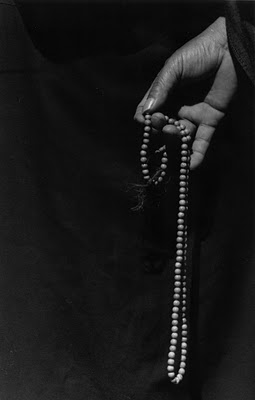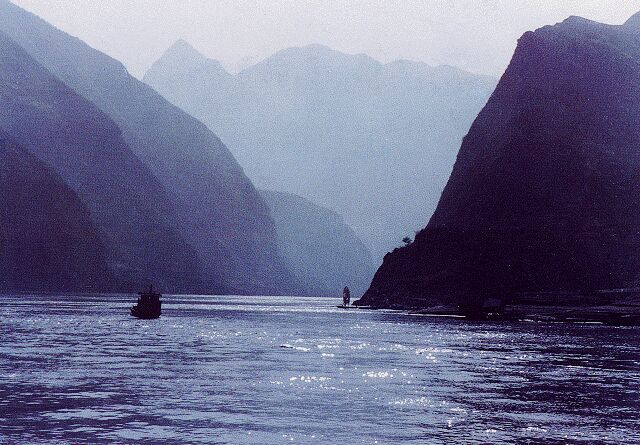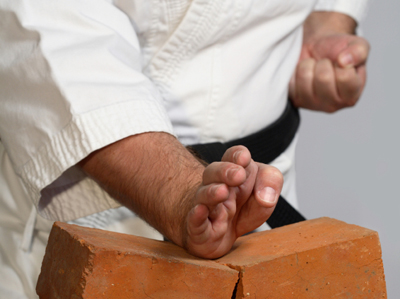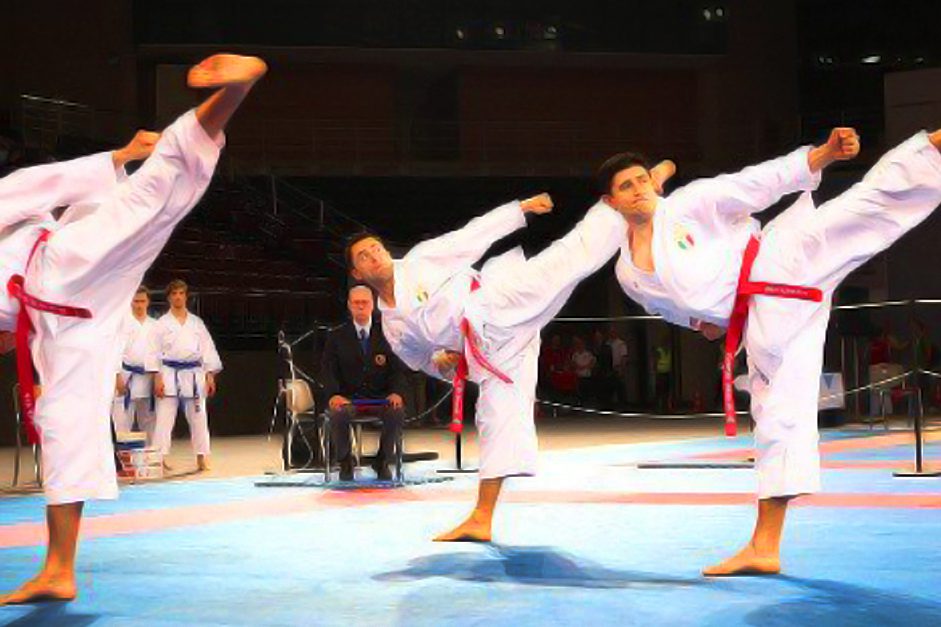A long, long time ago, in a land far, far away, there lived a boy who – like most boys at some part of their lives – wasn’t completely satisfied with himself.
The time was early 5th century, and the land was what we today would call southern India, Chennai. However, at that time the area was known as Madras.
And the boy of this story was not a regular boy. Far from it.
He was a prince, actually.
A prince of the Chadili family.
A proud member of the Khsatriya warrior class, which means that he got a better education than most other boys at his age. To say that he had some privileges would almost be an understatement. He was schooled in both the literary arts, as well as the fighting arts, and legend says that the boy particulary enjoyed practising fighting with the staff, which he became quite good at after a while.
However, though everything might seem perfect in this boy’s world, being a prince in the Chadili family means you can’t really do what you want to do. With a title like that you have to do some things that young boys are not completely fond of doing. Duties, obligations, traditions…
This was not the life our young boy wanted to live.
In fact, it made him quite ill-tempered.
So, he started to work on a plan. A plan for how he could escape this square lifestyle for a more exciting one. And after thinking about it for a long time, he finally decided to turn his life around.
How?
Well, the plan was quite simple – he decided to change his white layman’s robe for the black robe of a monk.
And when his father one day suddenly died, he saw his chance. Abandoning his family’s wealth and possessions, along with the materialistic values he had come to unwillingly represent, he simply went down to the docks and went aboard a ship.
A ship that would take him away from his former life, into a new one.
A ship that would set him free.
So he did it.
The journey was a tough one, but after a long time the ship finally arrived – during the Liang dynasty – in a place the boy knew as Sin-Kalan. The natives called it Panyu.
Today we know it as the southern Chinese province of Guangzhou.
He had in fact travelled the sea route all the way from southern India to southern China. And he decided to stay here.
A good choice.
Quickly the word about the boy (who was now more of a man) spread. His enigmatic personality and amazing knowledge made people around him wonder who this foreign monk really was.
But our monk wasn’t about to tell them. 
His former life was completely dead to him. It wasn’t interesting.
What was interesting was how he could get more people to realize that they too could follow his path of rejecting the unnecessary. Everywhere he looked, he saw people who were just like he had been.
Trapped.
And this he told them.
In fact, our monk became so famous that he was one day invited to the court of Emperor Wu, founder of the Liang dynasty in the south. Normally this would have been a big honor for many people, but to our monk it wasn’t. He had already experienced the life of a royalty in his former home of India, and couldn’t care less.
The emperor was very interested in philosophy and very much looked forward to their meeting. It would take place at his court, in present-day Nanjing, but according to legend it became a very short, and strange, meeting.
Why?
Because in their conference our young monk exhibited a sort of sharp, shocking behavior that the emperor simply wasn’t used to. In fact, he was quite upset by the manners of the young monk.
Here is how it went down:
The emperor asked: “Young monk, since I came to the throne I have built many temples, published numerous scriptures and supported countless monks and nuns. How great is the merit in all these?”
The emperor practiced excellent outward behavior; he wore fitting robes, abstained from eating meat, built many temples and supported hundreds of monks and nuns. The emperor was in fact very proud of his knowledge of philosophy and religion, and wanted to show this.
Our monk replied: “There is no merit to speak of.”
What a shocking reply! The emperor had often heard renowned masters say “Do good, and you will receive good; do bad and you will receive bad.” But now, this poor foreigner in front of him declared that all his efforts had earned no merit at all!
Not wanting to give up just yet, the emperor asked one more question.
His next question was: “What then, is the essence of everything?”
Our monk’s immediated reply was: “Vast emptiness and no essence at all!”
This stunned the emperor. Other masters had explained that the essence of life was contained in ancient scriptured and doctrines, but this strange monk had just declared that there was ‘no essence at all’!
The emperor did not take this meeting lightly, as you can probably understand, and the consequence was that our monk had to leave.
Leave the southern kingdom of China and travel north.
And so he did.
He travelled over mountains and through woods, crossing cities and provinces. He even crossed the Yangtze River (the longest river in Asia), meeting many different people on the way.
Finally, after travelling for longer than he had ever expected, he reached his destination.
His new home.
The Young Forest Temple.
Known by the locals as Shao Lin Si.
 Located in the northern Chinese kingdom of Wei.
Located in the northern Chinese kingdom of Wei.
The other monks at the temple immediately welcomed him as one in the family. This was where our monk would be spending the rest of his days, trying to ‘enlighten’ lost souls, through what had now become his trademark technique:
Paradoxes, conundrums and provocation.
As a way to break intellectual rigidity.
However, he had another trick too: He drank tea. Lots of it. In fact, he made all the other monks drink tea too, to sharpen their minds during meditation. This ‘tea sipping’ combined with his very special way of achieving enlightenment through strange verbal games proved to be a big hit.
After a while, our monk became quite famous, even here. His disciples grew in quantity…
So, as the years passed, you would think he was pretty satisfied with this, right? Well, of course he was, but there was one thing that was bothering him a little.
His disciples lacked stamina.
They were weak and frail. They often fell ill. They were even bullied and tossed around by local thugs. In short, it didn’t look good. People laughed at the monks.
But our monk strongly believed in the idea that spiritual, intellectual and physical excellence are an indivisible whole necessary for enlightenment, so he had to do something about this.
As we already know, he had himself been practising the warrior arts of his homeland since childhood.
So he used that experience.
Our monk decided to strengthen his fellow monks and disciples by teaching them a set of movements, that he created from his native Indian art of ‘varmakkalai’.
These physical exercises would be named “The 18 Hands of Buddha” (Shi Pa Lou Han in Chinese). They contained breathing exercises, stretching exercises, strengthening exercises as well as fighting exercises.
The perfect combination.
And everyone should practise them.
Who was this mysterious monk? What were those exercises? Is this story made up? And what has this got to do with Karate anyway? Find out in part 2!



24 Comments